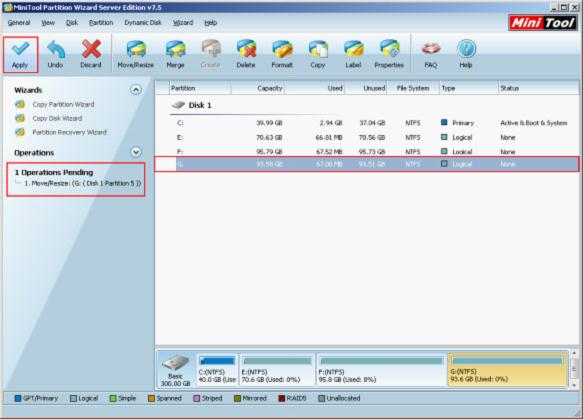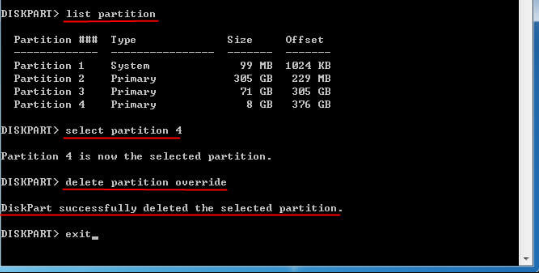

- #Windows 2003 volume manager upgrade
- #Windows 2003 volume manager software
- #Windows 2003 volume manager Offline
#Windows 2003 volume manager upgrade
Most volume managers can perform this movement online if the underlying hardware is hot-pluggable this allows engineers to upgrade or replace storage without system downtime.Ī hybrid volume is any volume that intentionally and opaquely makes use of two separate physical volumes. This may involve moving already-allocated LEs out of the PV. VGs can grow their storage pool by absorbing new PVs or shrink by retracting from PVs.
#Windows 2003 volume manager Offline
This allows administrators conveniently to bring VGs online, to take them offline or to move them between host systems as a single administrative unit. PVs and LVs cannot be shared between or span different VGs (although some volume managers may allow moving them at will between VGs on the same host). A file system that can be resized online is recommended in that it allows the system to adjust its storage on-the-fly without interrupting applications. Changing the size of the LV does not necessarily change the size of a file system on it it merely changes the size of its containing space. Some volume managers allow the re-sizing of LVs in either direction while online. This allows LVs to grow without having to move already-allocated LEs. The concatenated LEs do not have to be contiguous. Striped LVs allocate each successive LE from a different PV depending on the size of the LE, this can improve performance on large sequential reads by bringing to bear the combined read-throughput of multiple PVs.Īdministrators can grow LVs (by concatenating more LEs) or shrink them (by returning LEs to the pool). Systems can use LVs as raw block devices just like disk partitions: creating mountable file systems on them, or using them as swap storage. The pooled LEs can then be concatenated together into virtual disk partitions called logical volumes or LVs. The system pools LEs into a volume group (VG). PVGs are usually laid out so that they reside on different disks or data buses for maximum redundancy. These PEs are drawn from a physical volume group (PVG), a set of same-sized PVs which act similarly to hard disks in a RAID1 array. With mirroring, multiple PEs map to each LE. Normally, PEs simply map one-to-one to logical extents (LEs). Some volume managers (such as that in HP-UX and Linux) have PEs of a uniform size others (such as that in Veritas) have variably-sized PEs that can be split and merged at will. Volume management treats each PV as being composed of a sequence of chunks called physical extents (PEs). They start with physical volumes (PVs), which can be either hard disks, hard disk partitions, or Logical Unit Numbers (LUNs) of an external storage device. That all takes time.Most volume-manager implementations share the same basic design.

If the new drive is replacing the original drive, the old drive must be backed up so the new drive can receive its data. When more disk space is needed, the system must be shut down and the new drives installed, and then they must be provided with file systems to organize data storage. Systems without LVMs are also set up with physical hard drives, but they don't have this virtualization layer.
#Windows 2003 volume manager software
And all this happens without software applications or users noticing the changes. That allows the total separation of hardware and software because the LVM keeps a table of where the data is written and what volume group and volume it belongs to, allowing drives to be added or changed even while the system is running. The LVM creates an abstraction layer over all the combined storage in a system, so that the details about where the data actually resides are hidden.

Then when they move from a smaller server to a larger server, they don't realize how much more easily they can make it work." "It's an extra layer to learn about, so a lot of people don't. "A lot of people, especially in Windows, may not know a lot about it," Mason says. "It's a common feature because it's so useful," says Chris Mason, a Linux kernel developer at Nuremburg, Germany-based Linux vendor SuSE Linux AG. It has been an important tool as Linux continues to make its way into enterprise computing. Support for an LVM wasn't built into the Linux kernel until Version 2.4, but it was available as an add-on.


 0 kommentar(er)
0 kommentar(er)
